A Complete Guide to Air Source Heat Pump Installation
- All steps involved in an air source heat pump installation
- Process for air-to-air and air-to-water models
- Maintenance after installing an air source model
When it comes to low carbon heating, heat pumps are often praised as the solution to home heating across the UK. As an eco-friendly alternative energy source, the installation of an air source heat pump can not only reduce your carbon footprint, but cut your bills too.
This article will explain what you can expect with an air source heat pump installation, depending on the type you go for. It will also detail rough costs and the sort of maintenance involved. When it comes to some of the best brands of heat pump, you should be able to trust any of the top manufacturers.
Ready for a heat pump? Use our quote comparison tool to find out how much you'd pay. It only takes a minute.
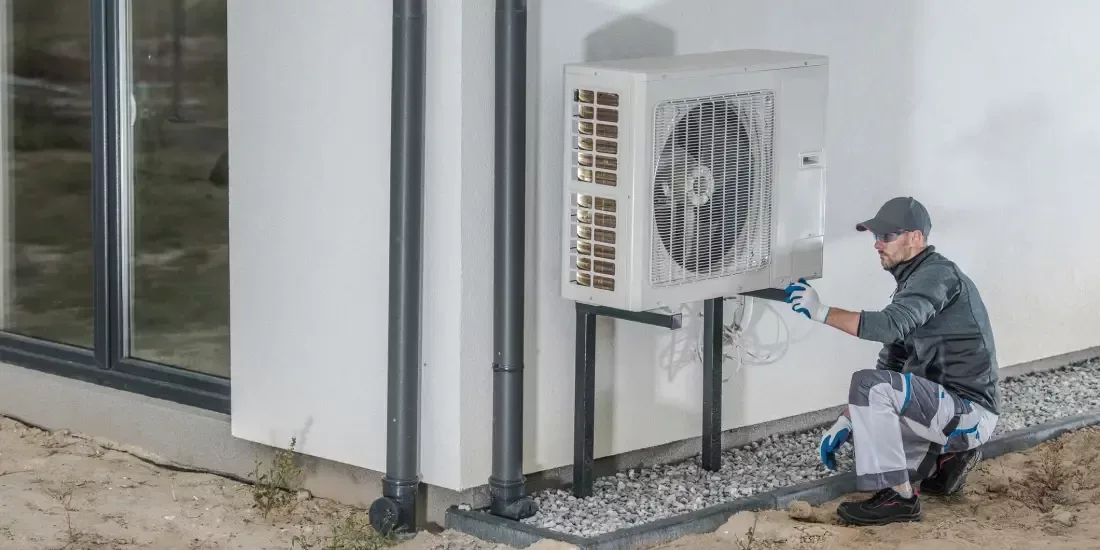
What's On This Page?
Click the links below and head straight to a specific section of the article.
How Air Source Heat Pumps Work
Air-to-Water
Essentially, an air source heat pump transfers ambient heat from the external air to water. This is why they’re also known as air-to-water source heat pumps.
The heated water can either be used to run your central heating or hot water storage. It’s especially suited to underfloor heating because it can cope with low flow temperatures.

Air-to-Air
An air source heat pump installation can also consist of an air-to-air model. This simply transfers heat indoors like an air conditioning unit, and can be used for both heating and cooling.
Air-to-air models cannot heat water storage, so you’ll need another system for your taps and showers.
Not sure whether to opt for an air source heat pump installation? Here’s some heat pump buying advice that answers common concerns.
What an Air Source Heat Pump Installation Consists Of
You can normally expect five steps throughout the installation process. These are in place to ensure your air source heat pump installation goes smoothly and the system works for your property.
The five steps are:
Inspection
Exterior installation
Interior installation
Connection
Testing
Inspection
Not all properties will be readily suitable for an air source heat pump installation. While they are capable of lowering your energy bills and running much more efficiently than other heating types, your home needs to be fairly energy efficient for them to work effectively.
The inspection is designed to assess whether your home would work well with a heat pump. It will consist of heat loss calculations and reports about how your home is heated. If the inspection reveals an air source heat pump installation will be possible, you will receive recommendations for the appropriate size model.

Exterior Installation
The easiest part of the job is putting in the external unit. This is what we refer to when we talk about a heat pump, as it’s the machine that draws the heat from the outside air and compresses it. The position is important to ensure maximum airflow without obstruction. It can also decrease the amount of pipework needed.
Whether you choose to have an air-to-air or an air-to-water heat pump, this stage will be the same. An air source heat pump installation usually occurs on the ground, but can be on the side of a building as well. Depending on how big your unit is, it can be secured to a concrete slab or mounted to the wall.
Interior Installation
An air-to-air source heat pump installation on the interior features fan units that are either wall-mounted, freestanding or concealed within the ceiling. At this point, access points will need to be drilled into the walls to allow room for the pipework.
For an air-to-water model, you will need a hot water tank compatible with low flow pressures. This means that your current cylinder will most likely need to be replaced. This process is relatively uncomplicated. If you already have a hot water tank, the same space can be utilised.
Common sizes of hot water tank for air-to-water heat pumps include 150 and 300 litres. The size of your home and how you will be using this water will dictate the size you need. Any old, unsuitable system will be removed before the new one is installed.
Connection
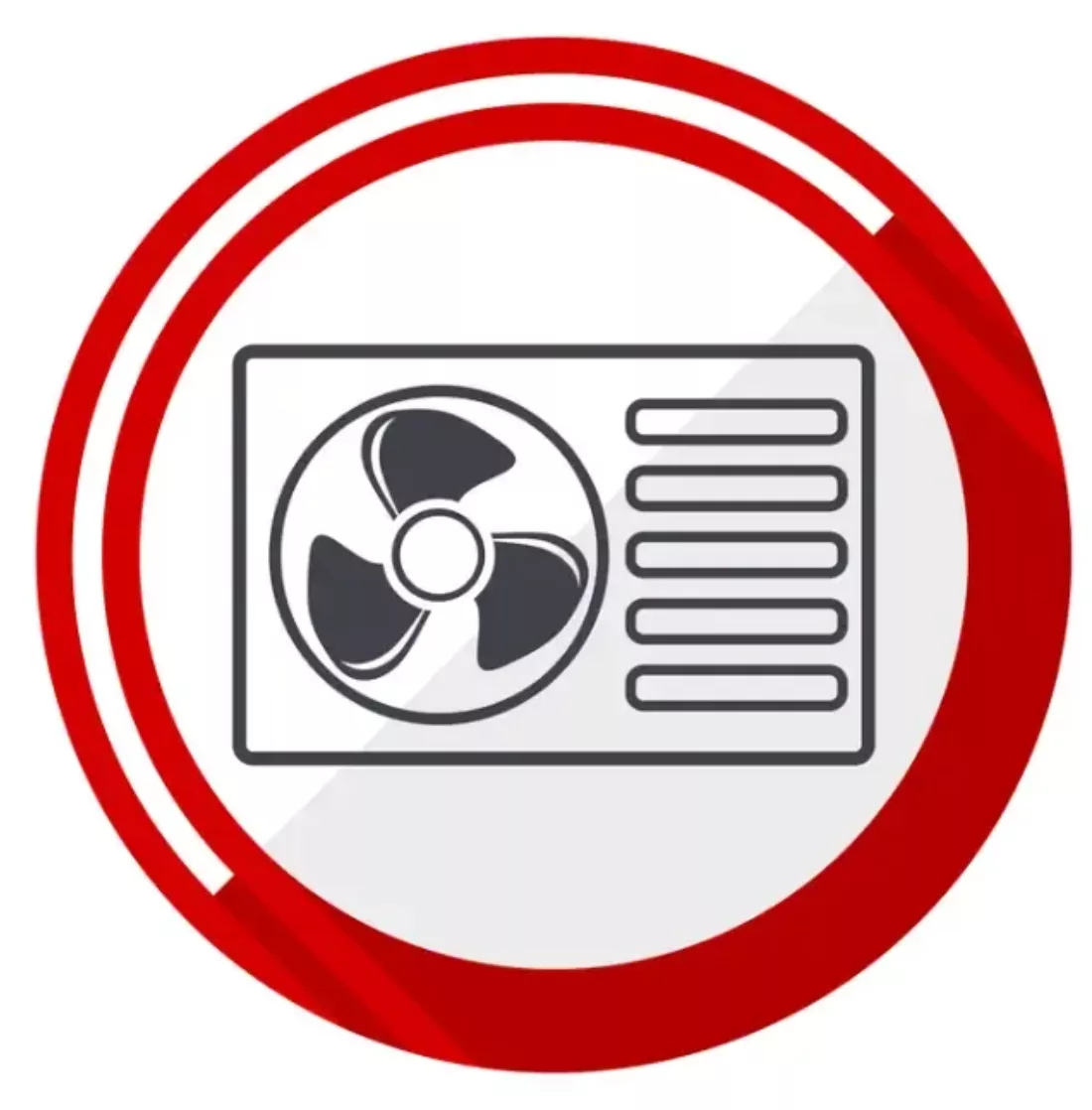
The next step of the air source heat pump installation is to connect the refrigerant lines and electrical wires. Air-to-air models will be connected straight to the outdoor unit using the holes drilled into the walls. Any room with an indoor unit will need to be connected to the system.
Air-to-water units will connect to the hot water tank. If you’re using this type of air source heat pump for your central heating system, this will also be connected. This can be for radiators or for underfloor heating.
At this point, the temperature sensors should be operating as expected, sending signals to the thermostat.
Testing
Before the air source heat pump installation is done and the heating engineer disappears, they will test your system to make sure it’s operating as it should be. At this point, you will be run through the heat pump controls, as well as what you can expect.
Your installer should register your heat pump device with your local Distribution Network Operator within ten days of it being fitted. While this is normally a routine part of their job, you should still check it’s been done before they leave.
Installation Costs
While the actual unit itself can come at a set price, there are many aspects of an air source heat pump installation that can easily drive up the cost. This can include how long it takes to fit and whether any equipment needs to be replaced or upgraded at the same time.
According to Checkatrade, various elements of the heat pump installation process can cost anything from £500 to £15,000. It’s entirely up to you and based on the advice of your installer whether you would need any of these improvements.
These can be seen in the interactive graph below.
In terms of labour, it averages around £1,000 a day. Generally, an air source heat pump will take between 1 and 5 days to install, so this will add between £1,000 and £5,000 to your costs. If any of the optional elements above are added, this will naturally increase what you pay for your air source heat pump installation.
On the plus side, heat pumps qualify for government grants to help with the cost. This includes the Boiler Upgrade Scheme (BUS), which gives you £7,500 off the price of an air source heat pump installation.
Advantages and Disadvantages of Air Source Heat Pump Installation
There are always advantages and disadvantages to any installation that you carry out on your home.
Advantages
Often use existing pipework
BUS discount
Removal of old system
Immediate savings
Easy to use and monitor
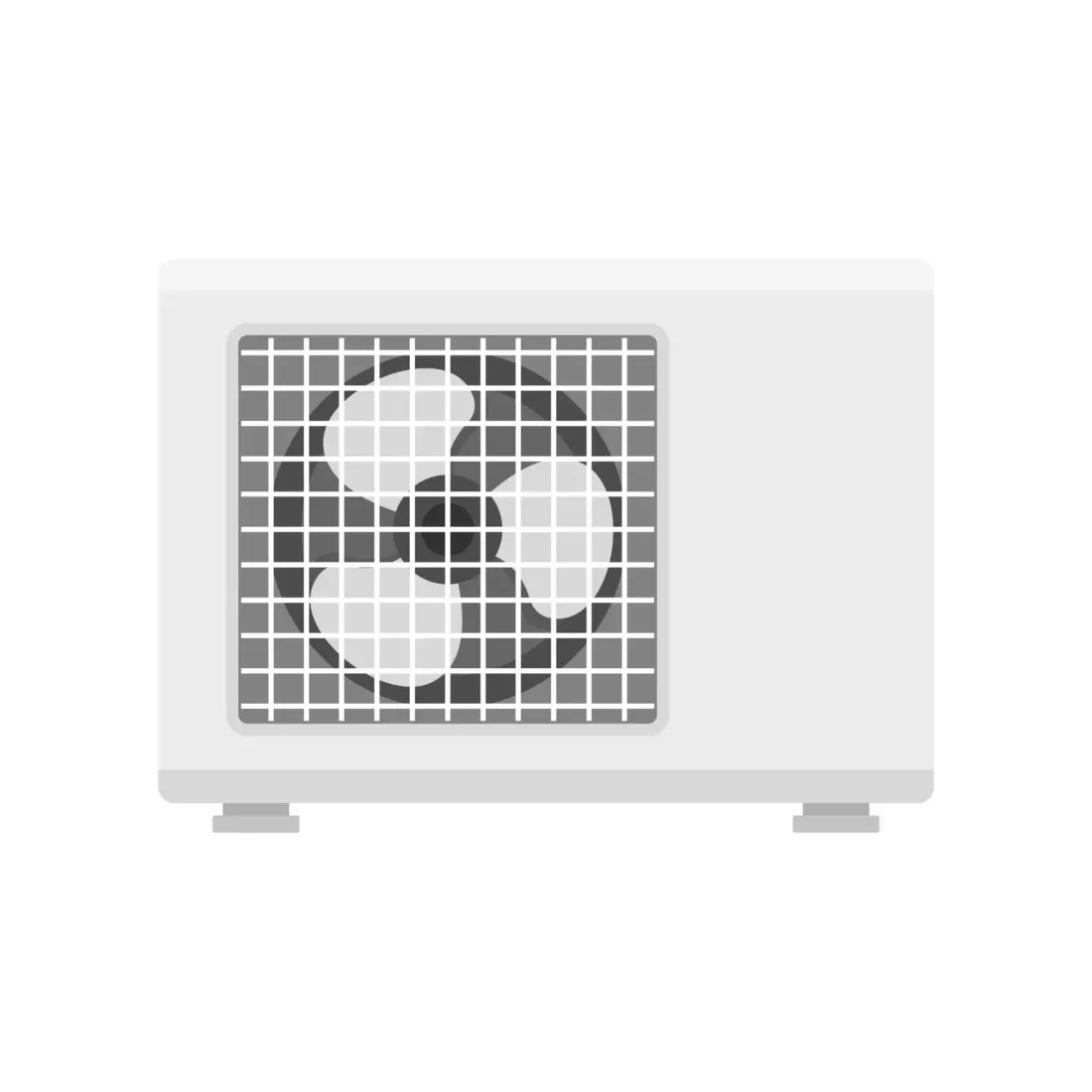
Not all air source heat pump installations will need new pipework. A lot of them are able to use existing pipes, which can keep costs down. You can even get more money off by making use of the BUS, saving a massive £7,500. Your installer should deduct this off the cost for you.
With the installation of an air source heat pump, your old system will be taken away for you. And when it’s ready, you can start saving on your bills immediately, which can be seen on the easy to use display.
Disadvantages
Installation can take a few days
Existing radiators may need upgrading
Walls will need to be drilled into
Space needed internally and externally
On the downside, air source heat pump installation can stretch over a few days, which means you’ll be spending more on your system. As well as this, you might need to upgrade your current heating system, such as replacing your existing radiators to cope with the low flow temperatures.
Another downside is the intrusive installation. Your walls will need to have pipework fitted through them to support the refrigerant and electrical cables, so expect at least some form of disruption. Similarly, the internal and external units of an air source heat pump installation will need to fit somewhere, so you need a little space to start with.
As with any type of installation on your property, there can be advantages and disadvantages of work being carried out. We’ve listed some of the main advantages and disadvantages below.
Post Air Source Heat Pump Installation Maintenance
Fortunately, maintenance for heat pumps is relatively minimal. After air source heat pump installation, you only have to worry about a few elements, and even then these can be looked into periodically. Your installer can always perform these tasks for you once a year.
The only checks you need to perform on your heat pump are to:
Remove debris
Replace filters
Refill antifreeze
Remove Debris
The fan in your external heat pump unit needs a free flow of air to be able to work. Sometimes it can become clogged with leaves, sticks or other debris thanks to windy weather. You should occasionally check that the unit doesn’t need clearing.
Replace Filters
Similar to when your car gets an annual service and the air filters are replaced, it’s wise to do the same for your heat pump. This just ensures your heat pump system is the cleanest it can be, and is working the most effectively. Clogged filters can reduce efficiency and create an underperforming heat pump.
Refill Antifreeze
The antifreeze solution helps outdoor units remain intact during periods of very cold weather. Without it, your air source heat pump installation will be rendered useless as freezing water will damage it.
In reality, when it’s cold, your heat pump will be running anyway, which will keep the water at a suitably warm temperature. However, if you have a power cut or an issue that stops it from running, freezing can occur.
Popular Heat Pump Brands
If you’ve already had a look into heat pumps, you’ve probably come across Daikin, Samsung and Nibe, but various other manufacturers also exist. It can be difficult to select the best air source heat pump, but help is available. You may just have to compare manufacturer’s literature to discover which model would suit your needs.
Get Quotes for an Air Source Heat Pump Installation
We advise you to source at least three quotes from MCS accredited installers. This way, you can make sure you’re not being charged too much for your heat pump and that you’re getting the best deal.
In the UK, there are currently 188,167 air source heat pump installations that have taken place. You can see the numbers in the graph below.
If you’re after an air source heat pump installation, we can help. Click on the button below to find out how much you’d pay.
Related articles
View all Heat Pump articles
Samsung Air Source Heat Pumps: Overview and Costs
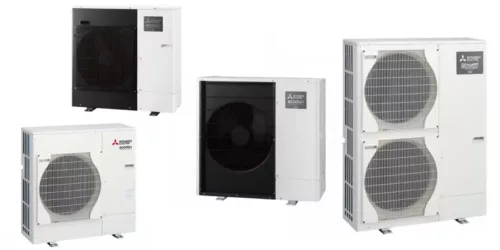
Mitsubishi Air Source Heat Pumps: Overview and Costs
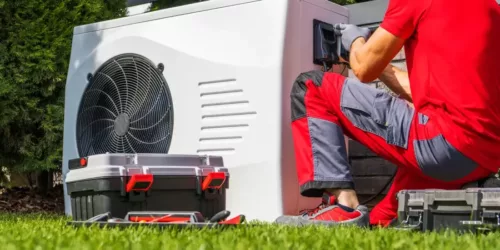
The Cost of an Air Source Heat Pump Service
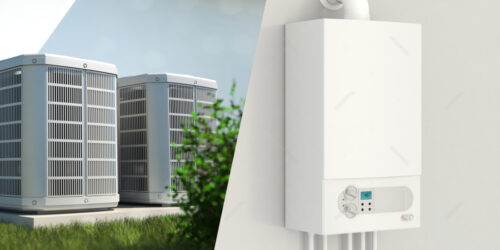
Heat Pump vs Gas Boiler - What's Better?
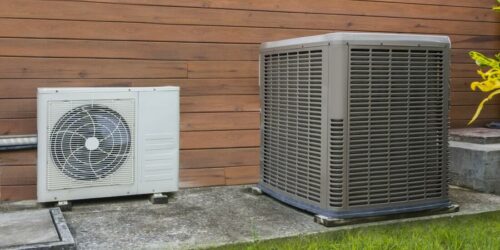
Different types of heat pumps: what’s available?
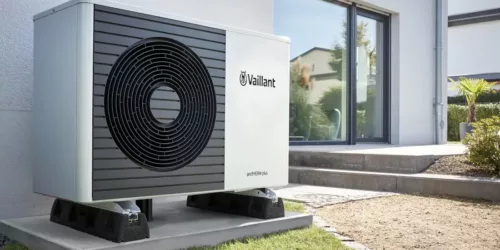
The Ultimate Guide to Vaillant Heat Pumps
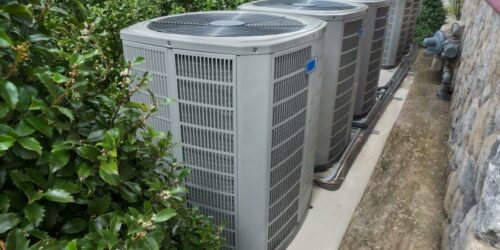
How Do Air Source Heat Pumps Work?







